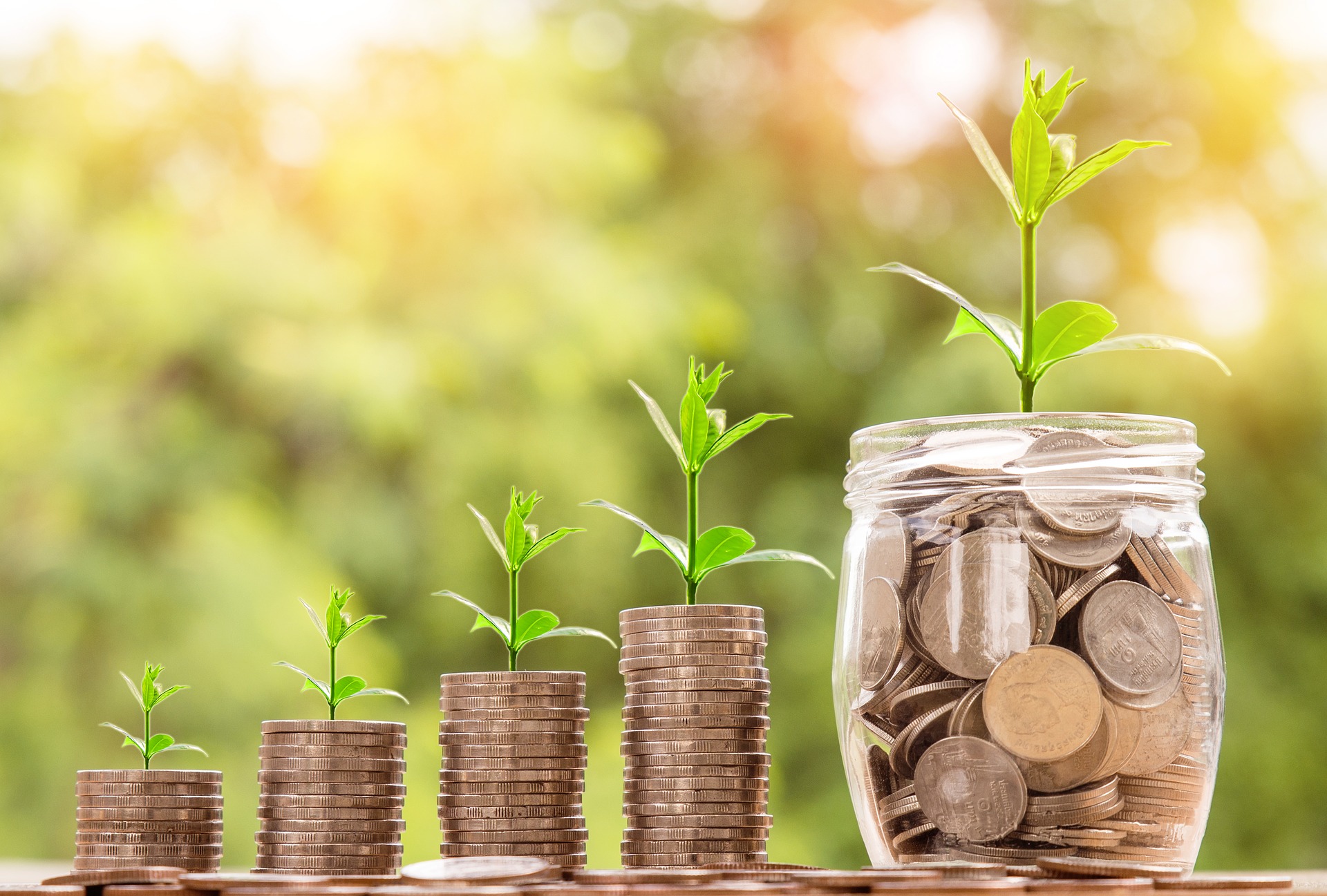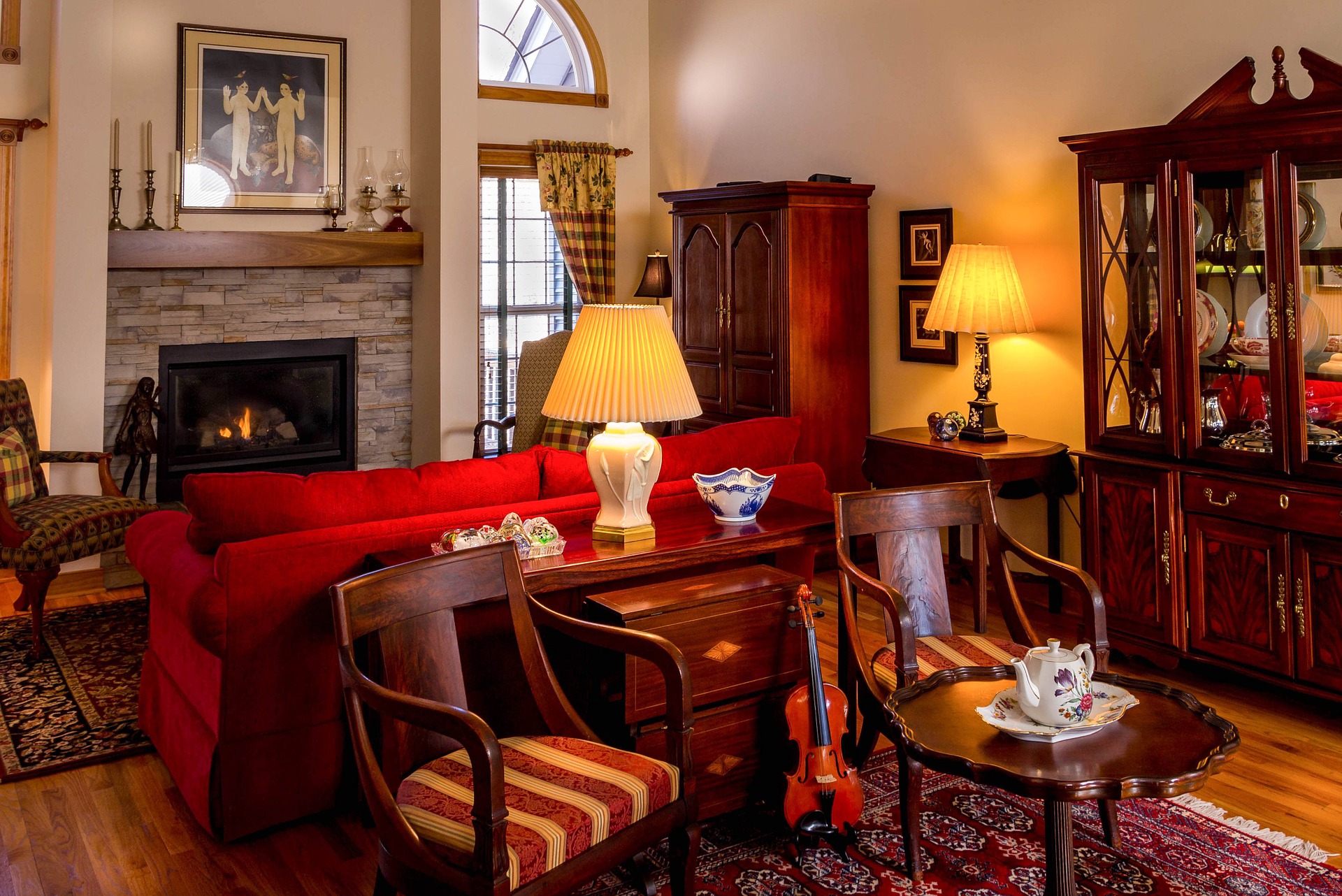Many things about us change naturally with age, be it our tastes, our appearance and our views on life. But, another thing that changes is the way we spend money, and what we spend it on. The things we want to invest in during our twenties are quite different to when we are in our thirties, forties and beyond. But, why?
Here we look into the main ways in which our spending habits change over time, and the reasons behind this.
Disposable Income
Having come fresh out of education and into the workplace, it’s only natural that we get excited about the prospect of having more money to spend on the things we want/need. That new handbag, a Netflix subscription, the latest iPhone and the spontaneous weekend in Amsterdam – these are all things that could come out of our disposable income when we only have ourselves to think about.

Fast forward ten years and many of us will have started to get married and some will have had children too. Therefore, our disposable income will be spent in other ways. Football lessons for the oldest, new school shoes for the youngest, petrol for your car, a family holiday to the coast – our spending habits will be less focussed on our own individual needs and more towards the needs of others.
Living Arrangements
Most people remember their first rental property as a fully-fledged adult. Finding that perfect studio above the local takeaway or meeting your house-share buddies for the first time and getting to know them during a night out. As a twenty-year-old new employee, your rent and utility bills are likely to be the largest outgoings from your monthly salary. If you live in certain parts of the country i.e. London, this could be up to 70% of your incomings. As your home is likely to be rented from a landlord however, there should be minimal extra spend in terms of household furniture items, general repairs and maintenance.
In your thirties or forties, however, you may be lucky enough to be able to purchase a house of your own, therefore, your rental costs will be replaced by a mortgage, which might be shared with your partner or a friend. On top of this, there will be the spend of maintaining your home as well as the items you want to buy to make it your own i.e. paintings, lamps, wallpaper and cushions. You may find at this time that you need a little help along the way, perhaps borrowing from a trusted lender for a period of time to help you make your house a perfect home.

Views On Savings
Often seen as a boring topic for young people, creating a savings pot for the future is something we don’t really start to think about until later in life, perhaps when we are thinking about starting or growing our family. But, starting from an early age can be advantageous for many reasons. It can take anywhere from 8 – 10 years to save up for a 20% deposit on a house. Therefore if you dream of owning a home by your mid- thirties, then you really need to start saving in your mid-twenties (unless you have forecasted a big lottery win!). Naturally adding into a savings account will mean your disposable income will reduce each month, however the end results will be worth it!

Moving into your thirties and forties, your savings priorities may change once you already have a house and car under your belt. You may start a savings account for your children, you might be putting money into a pension pot, or perhaps you are stashing some of your salary for your dream holiday cottage in Devon. Either way, you will still have to consider your savings amount as a percentage of your monthly spend.
So, although it seems that when and how we spend our money may vary considerably depending what generation we belong to, the principles of how we spend and how we save generally remain the same. Sensible budgeting and careful spending are key for all age groups, so getting to grips with these principles from a young age are wise skills to acquire!
